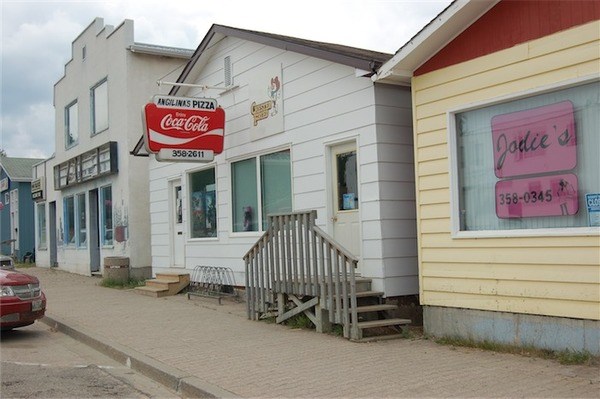This is the view today of Elm Street, Snow Lake's historic downtown main street. The town with a population of 723 last year, Statistics Canada says, has seen the typical booms and busts of mining towns everywhere and is on the upswing again with work speeding along on Lalor, owned by HudBay Minerals and located three kilometres from the Chisel North mine. Lalor is believed to hold the second-largest metal deposit in the Flin Flon Greenstone Belt and is the largest pre-development deposit discovered in the Flin Flon-Snow Lake region. Once in full production in a few years, Lalor is expected to nearly double HudBay's gold output and increase zinc production by 55 per cent.
Lalor Lake was named in 1973 after Royal Canadian Air Force Pilot Officer/Navigator Fintan Howard Lalor, of Pine Falls, who was posted to No. 34 Operational Training Unit Detachment, RCAF Station - Yarmouth, Nova Scotia. Lalor went missing during the Second World War on a training mission when Ventura II AJ173, attached to No.34 OTU Pennfield Ridge, disappeared and all four crewmen were reported missing and presumed to have crashed near Port Maitland, Nova Scotia.
In 1925, the mineral claims that form the basis of the Snow Lake mine were staked and in 1938 were acquired by newly-formed Nor-Acme Gold Mines Limited, which operated the gold mine from 1949 to 1958. In November 1995 the mine was re-opened as the New Britannia Mine and operated until January 2005, when the mine was placed on "care and maintenance" and Snow Lake quickly descended to its economic nadir - only to rise again - with the Lalor discoveries just two years later in 2007.




